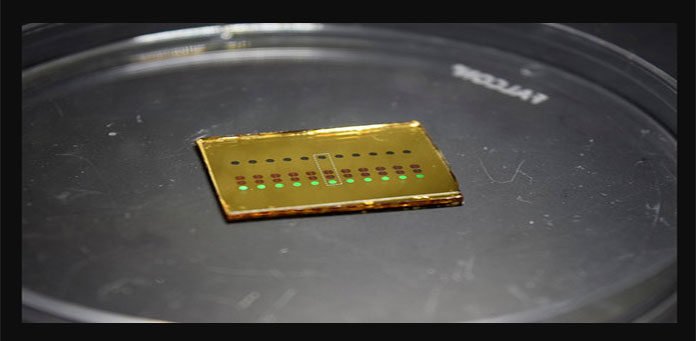Most optical systems require in excess of a single metasurface to work legitimately. In metasurface-based optical systems, the greater part of the total volume inside the device is simply free space through which light proliferates between various components. The requirement for this free space makes the overall device difficult to scale down while coordinating and adjusting various metasurfaces into a single device can be complicated and expensive.
To overcome this limitation, a team of scientists at the Caltech has developed a new technology called “folded metasurface optics,” which is a way of printing multiple types of metasurfaces onto either side of a substrate, like glass.
Along these lines, the substrate itself turns into the propagation space for the light. As a proof of an idea, the group utilized the system to fabricate a spectrometer, or, in other words, an instrument for part light into various colors, or wavelengths and estimating their relating intensities.
The spectrometer built by Faraon’s team is 1 millimeter thick and is composed of three reflective metasurfaces placed next to each other that split and reflect light, and ultimately focus it onto a detector array. It includes a noninvasive blood-glucose measuring system that could be invaluable for diabetes patients. The platform uses multiple metasurface elements that are fabricated in a single step, so, in general, it provides a potential path toward complex but inexpensive optical systems.
Scientists have described the design in a paper published by Nature Communications on October 10.
